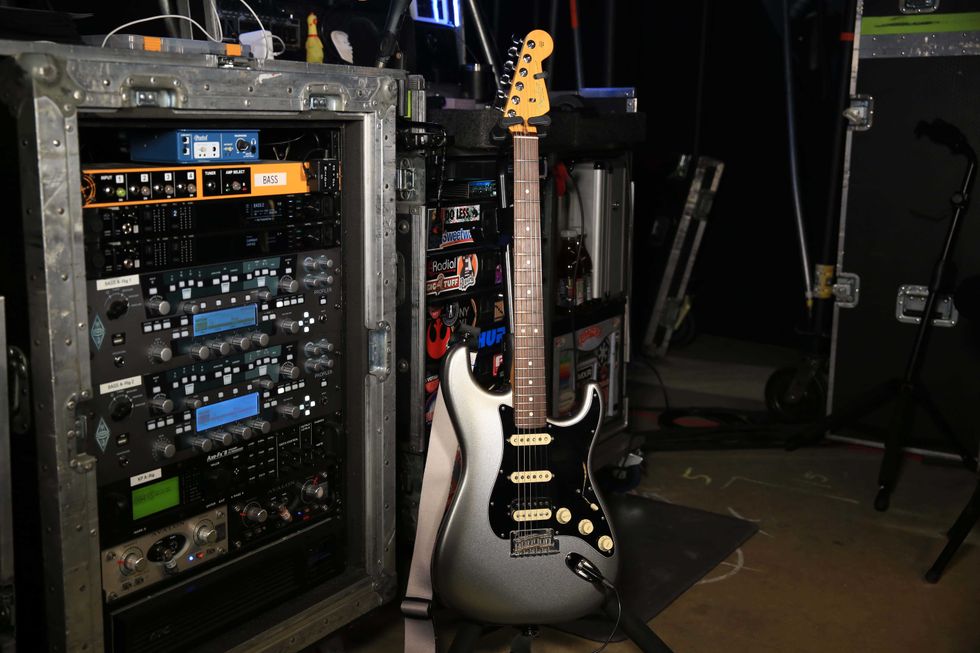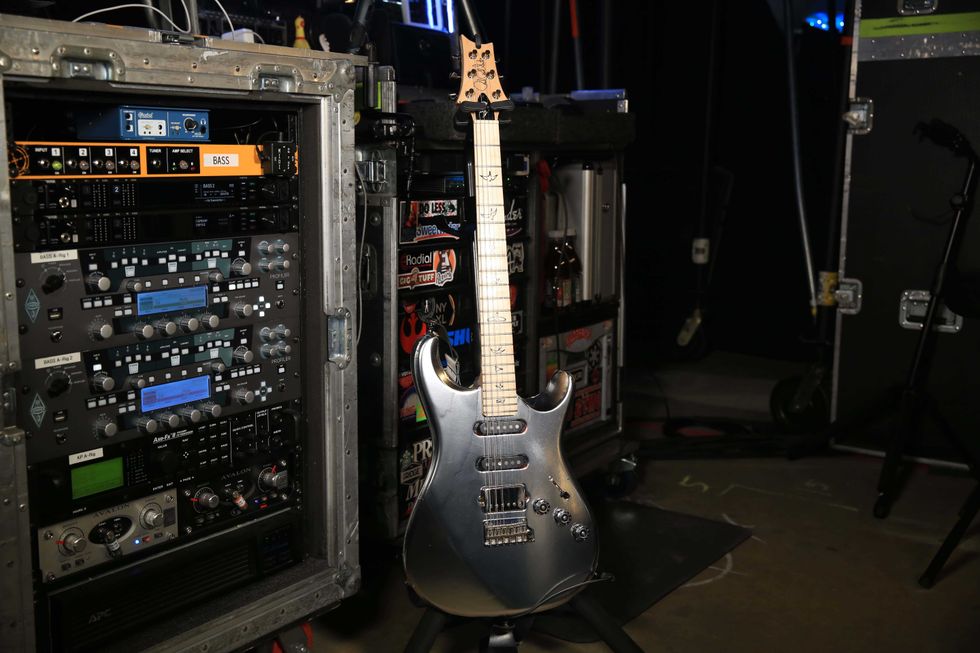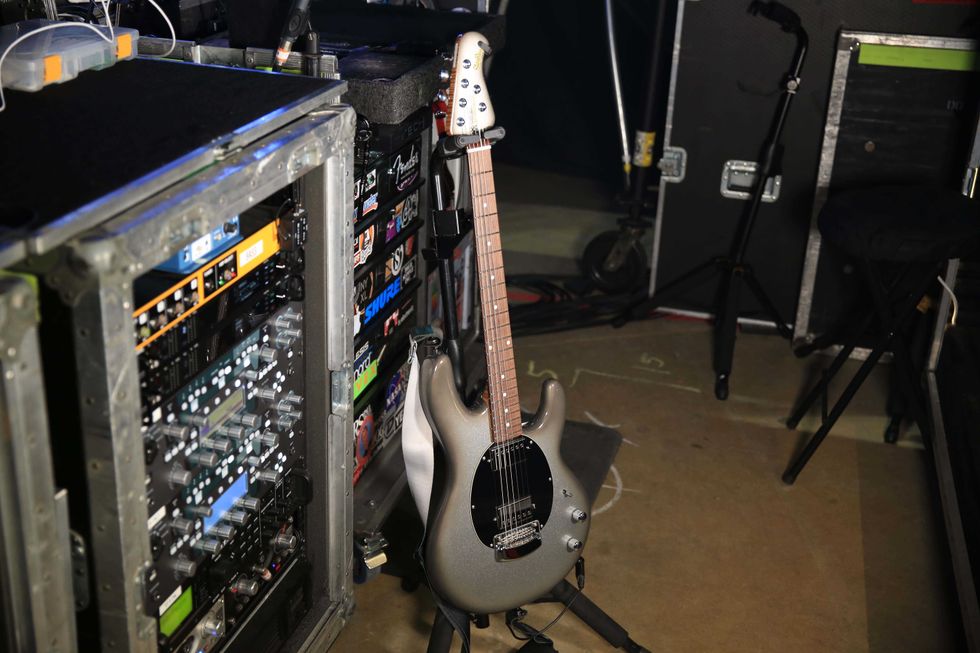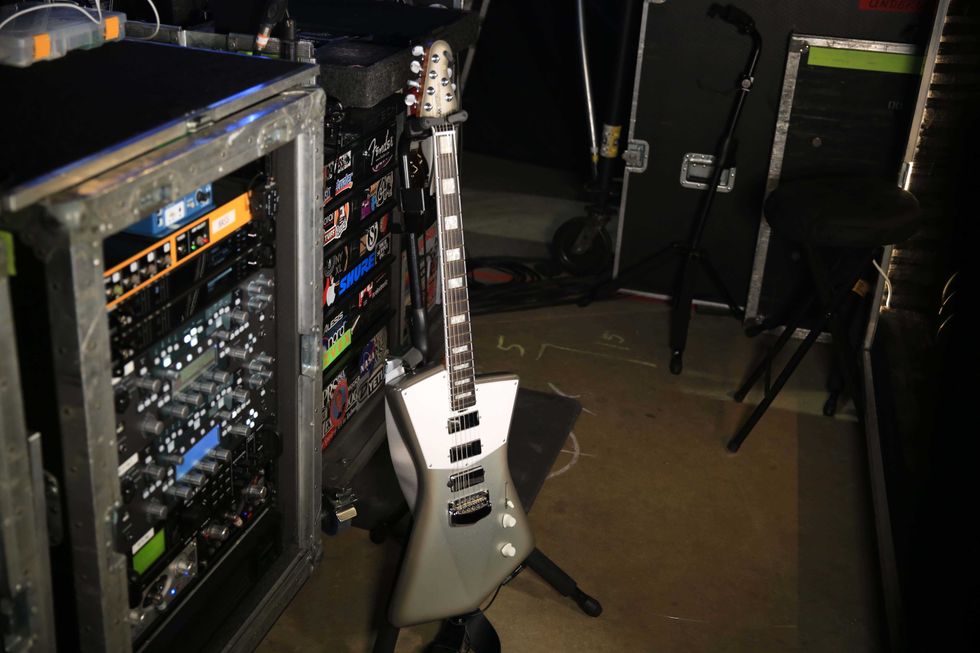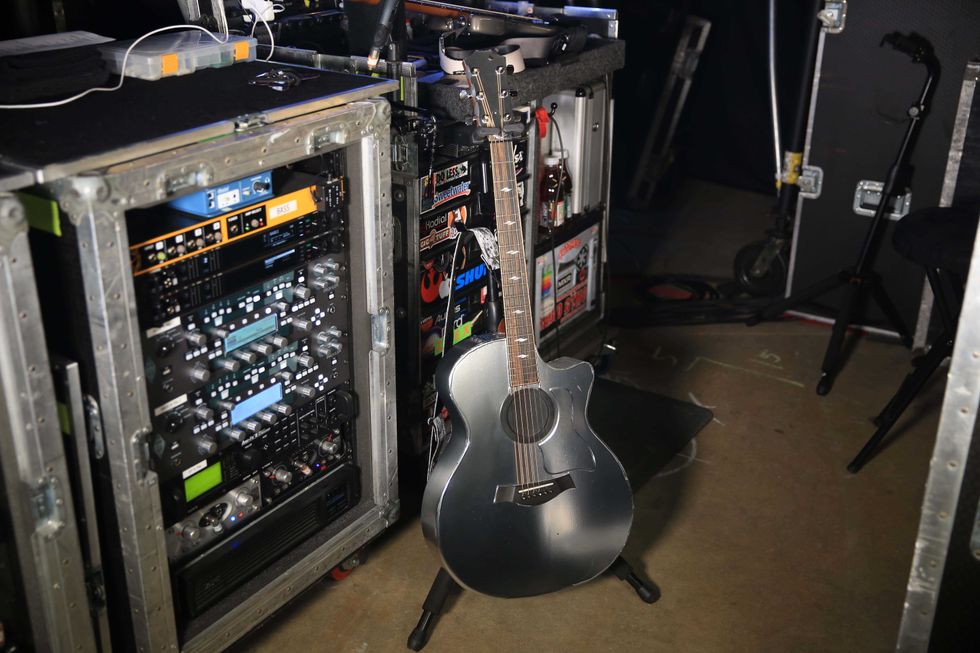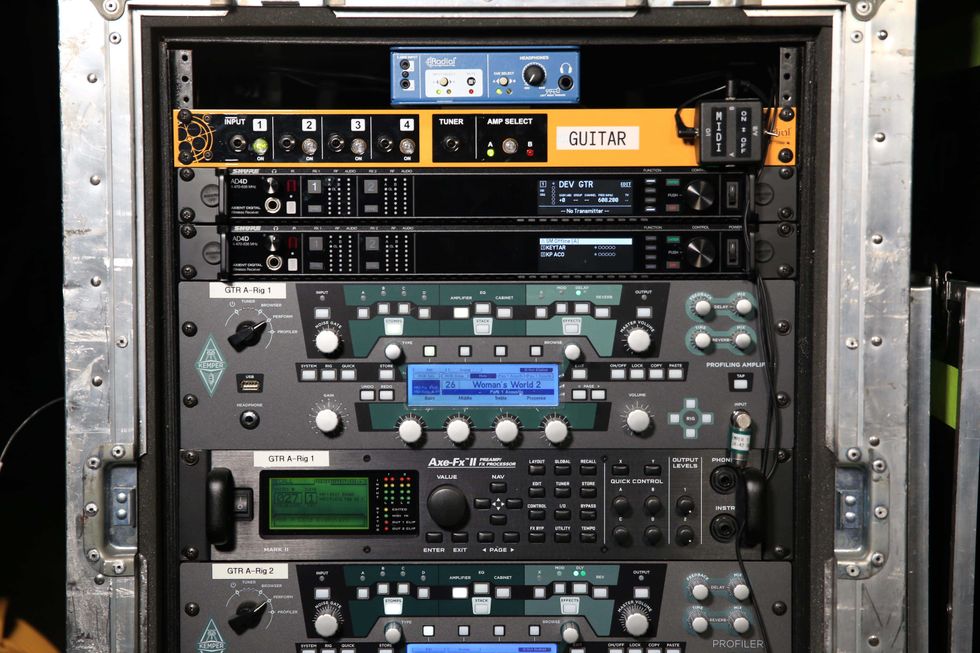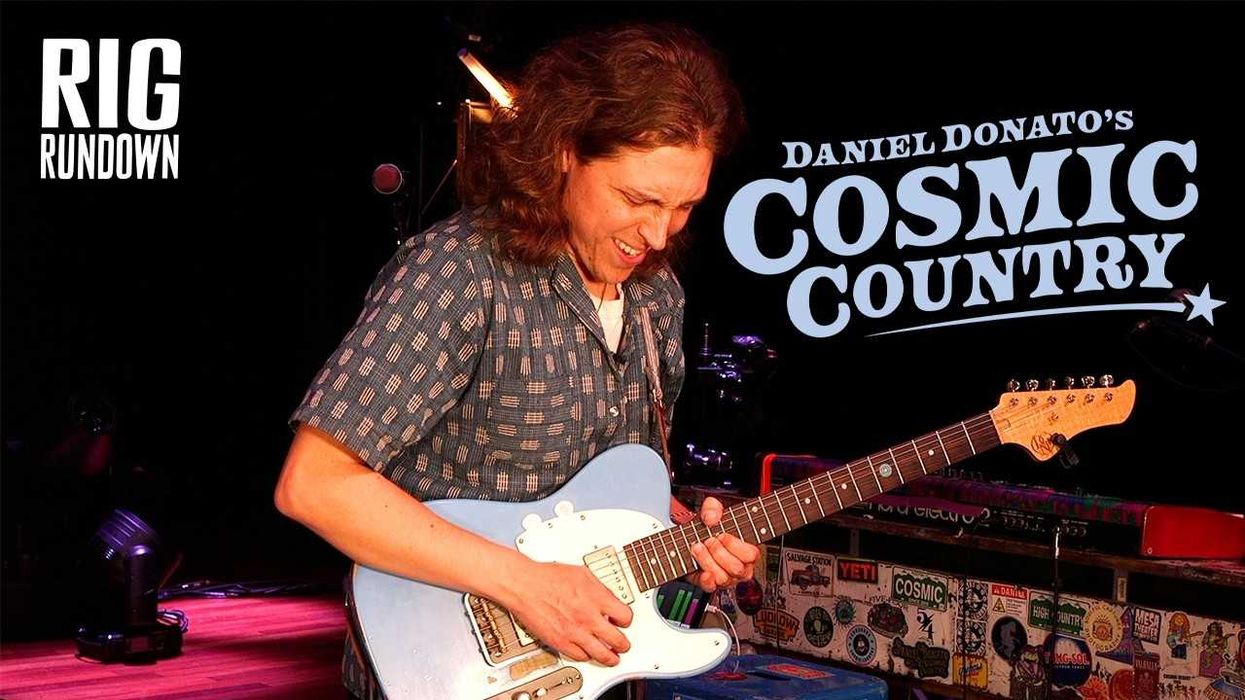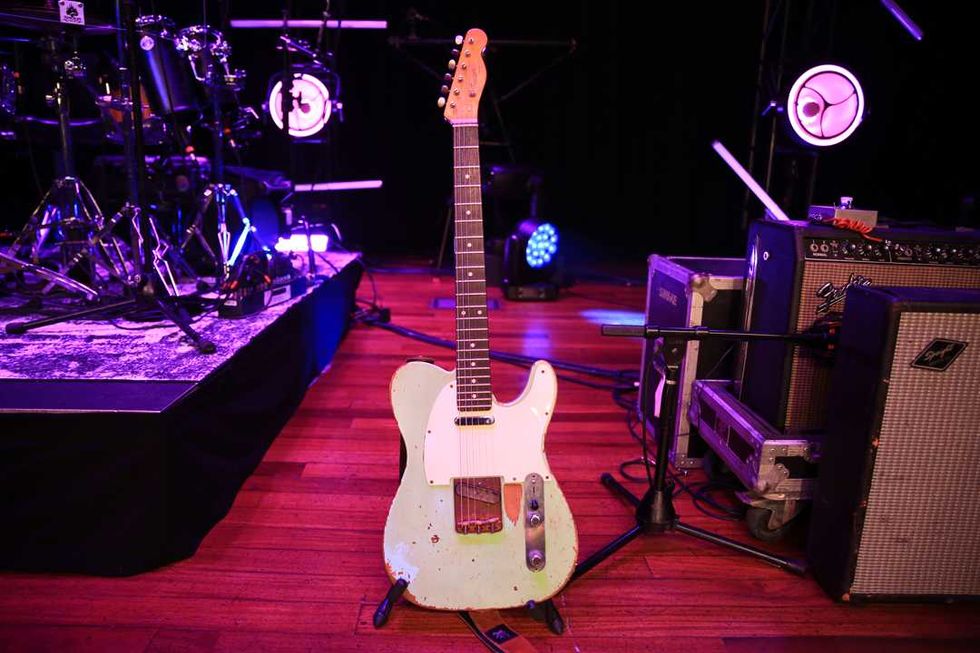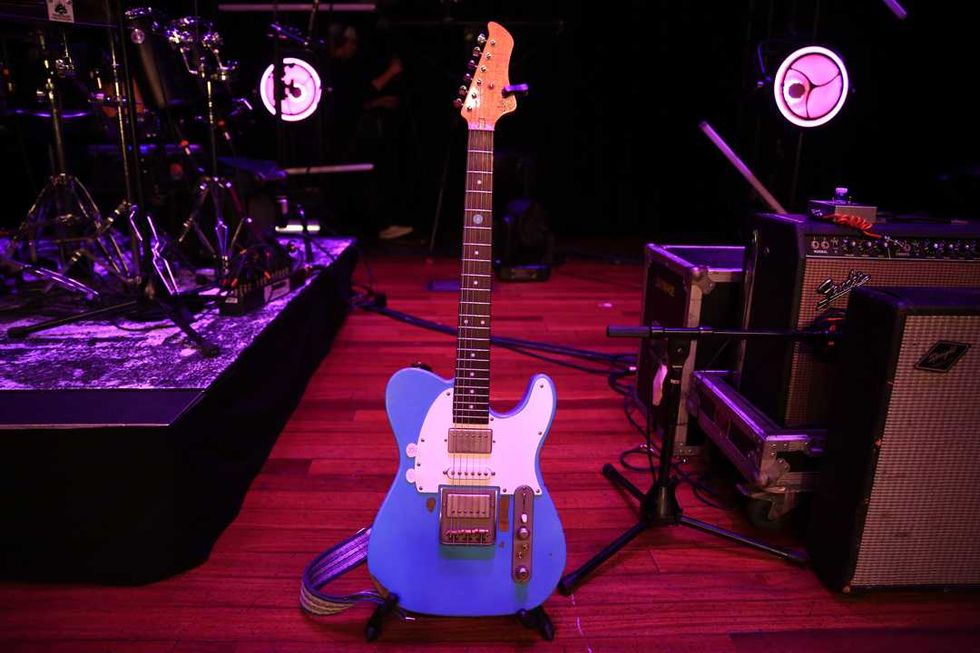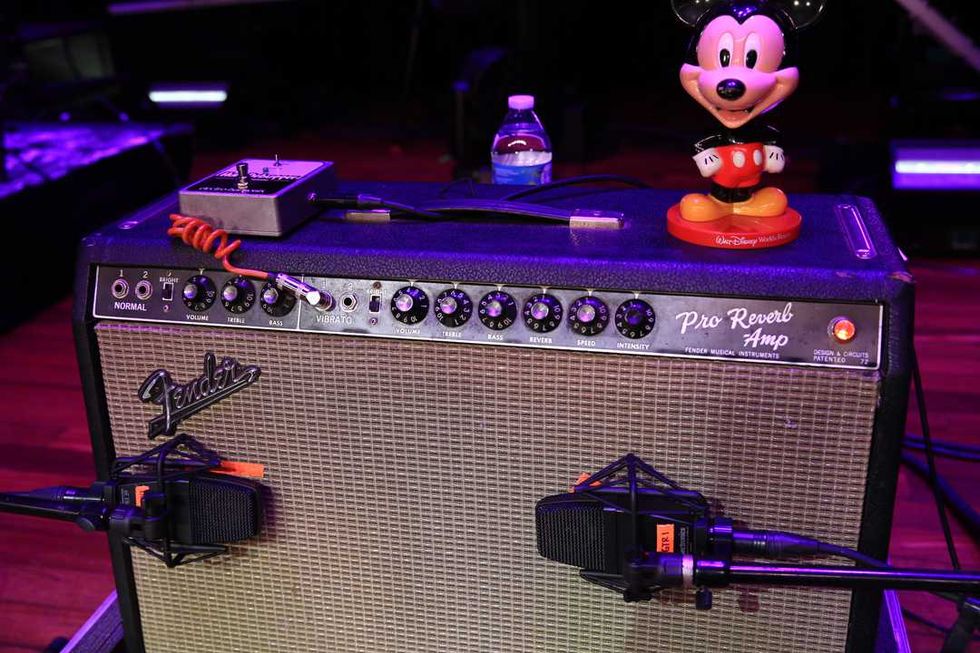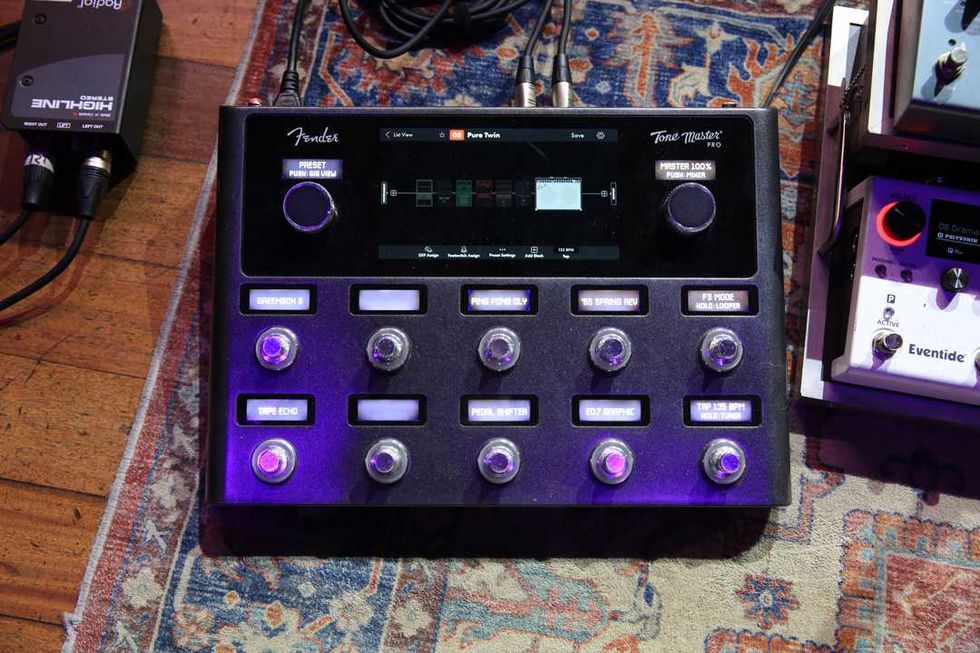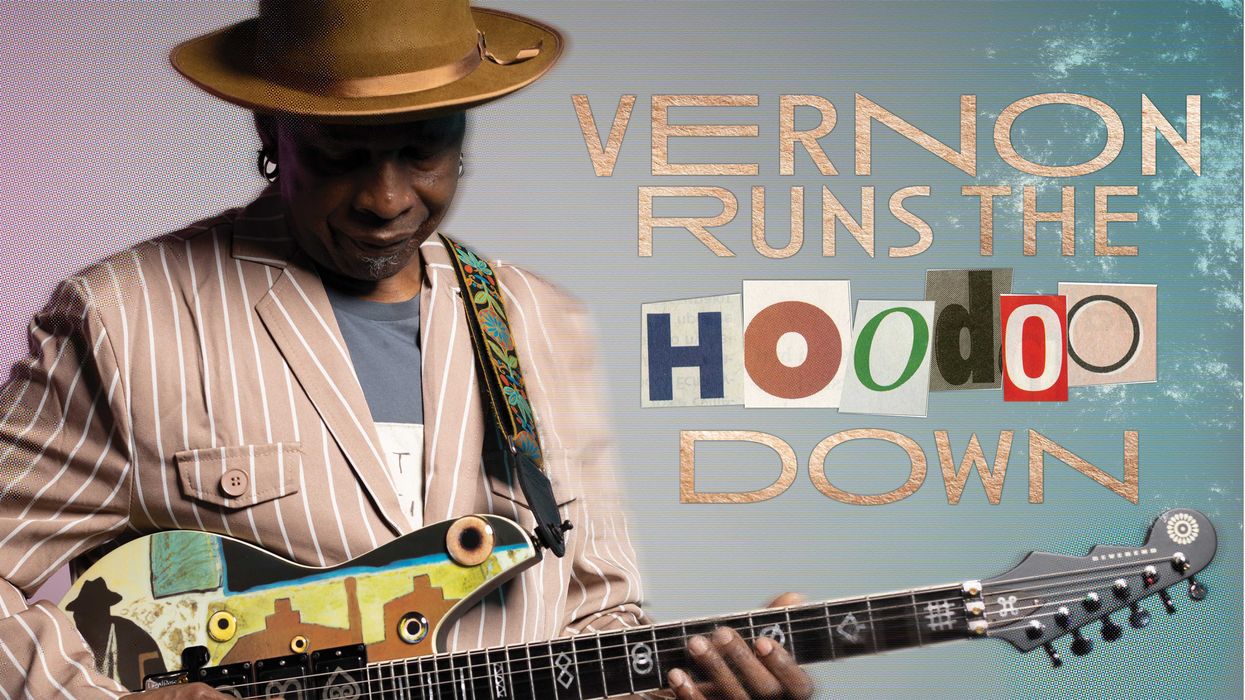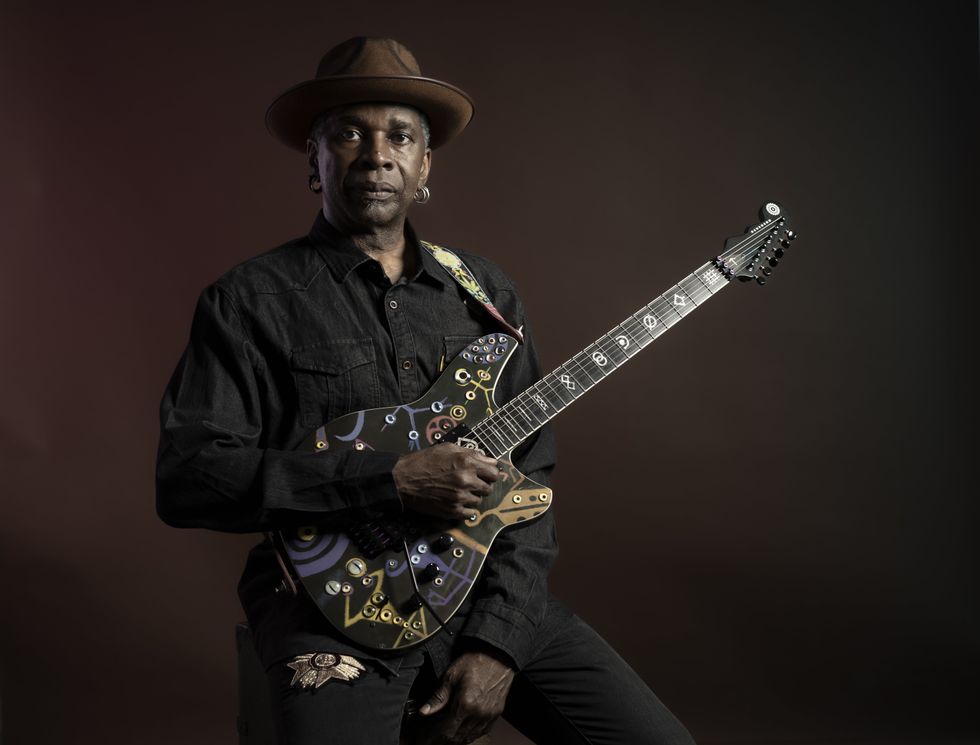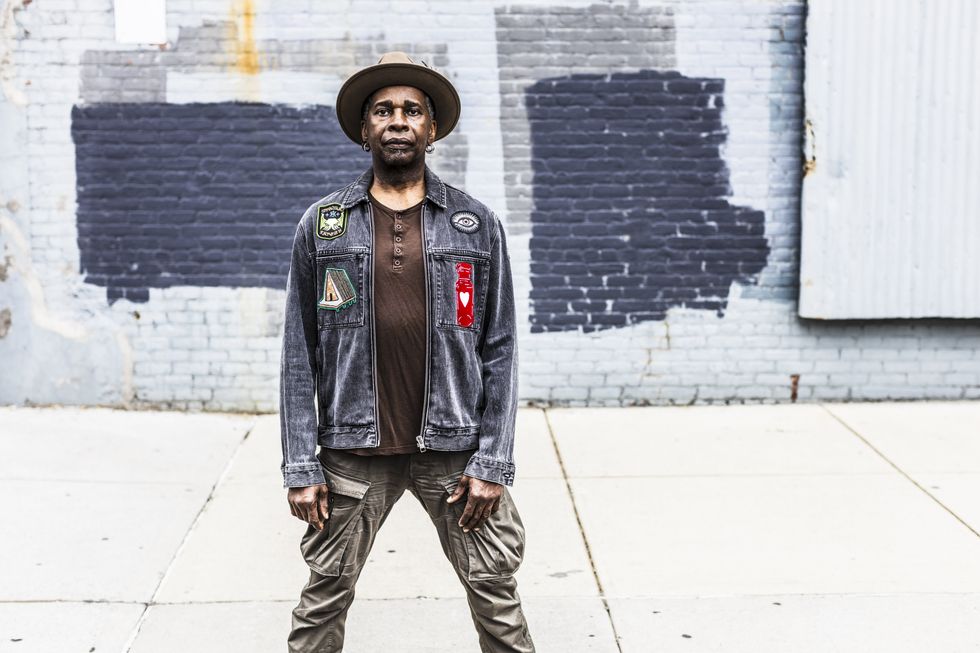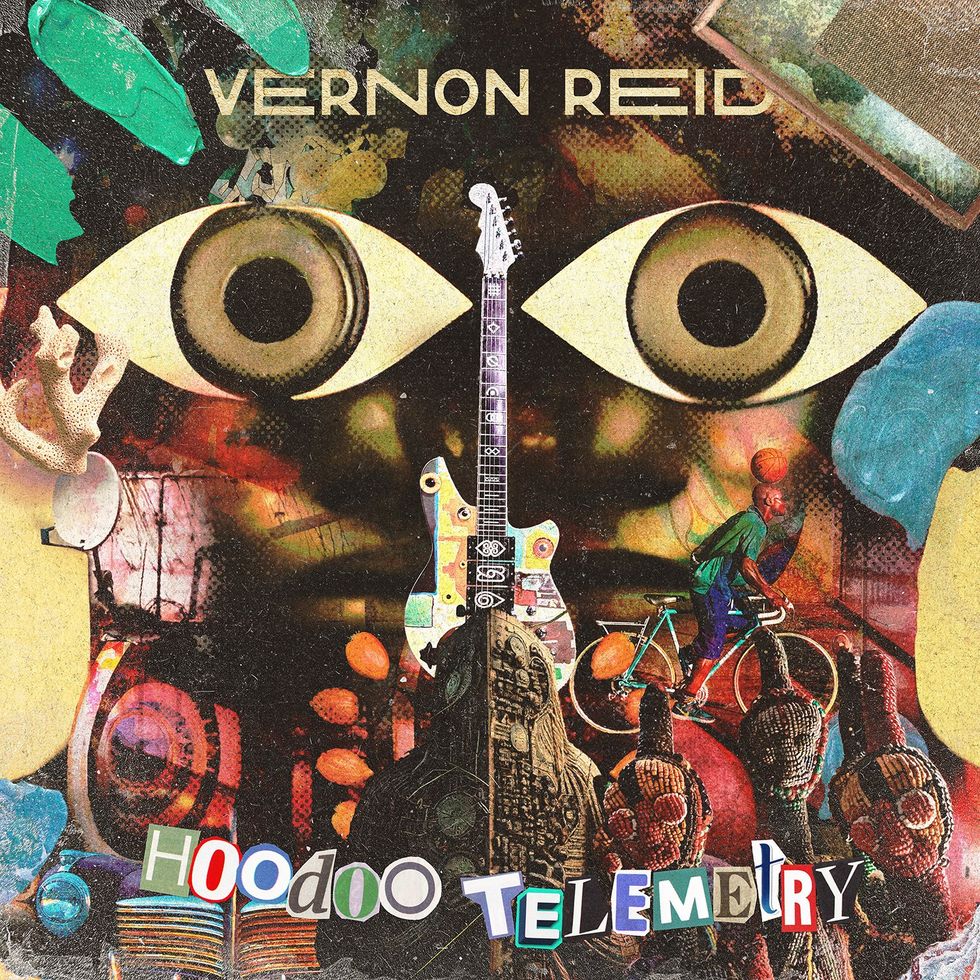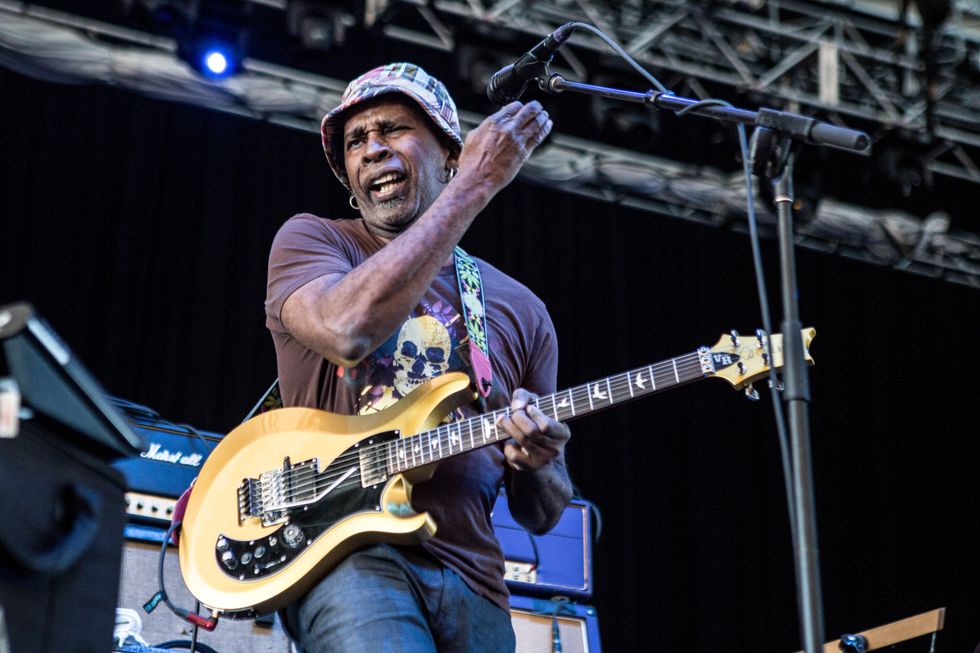The guitarist, singer, and songwriter Jerry Cantrell, who is best known for helming Alice in Chains, one of the most influential bands in hard-rock history, is an affable, courteous conversationalist. He’ll apologize, for instance, when he’s been on a PR mission all afternoon and needs to eat something. “I’m sorry. I’m starving. I’m going to make a BLT while we finish this interview,” he says on a recent Zoom call.
“That’s bacon frying, by the way,” he adds, in case his interviewer was wondering about the sizzling sound in the background.
Over the better part of an hour, only a couple of points of discussion seem to stoke his ire. One would be ’90s-era culture writers who felt compelled to brand a wide range of interesting bands from the same city (Seattle) with the same hollow tag (grunge). “It’s just a fucking label,” he says. “But I get it. You gotta have a fucking descriptor.” (When he gets miffed, or especially enthusiastic, Cantrell’s F-bombs can progress from steady punctuation to military fusillade.)
Another pet peeve: Those who seem bewildered by the fact that his solo work often evokes Alice in Chains. “It always trips me out,” he says, “when I hear comments or get questions all the time, like, ‘Well, this sounds like Alice.’ Well, what do you think it was going to sound like? I’m the guitar player and the songwriter of Alice. That’s what I do. Do you want me to not be myself? It’s just a bizarre, bizarre thing.” A big laugh follows.
“I’m always collecting ideas, and you never know when they’re going to come, or what they’re going to turn into. I look at it like depositing money in a bank.”
Cantrell, 58, has a right to feel irked by such exchanges. After all, he and the classic Alice lineup of vocalist Layne Staley, bassist Mike Starr, and drummer Sean Kinney invented a mesmeric, instantly identifiable sound that continues to stand alone in heavy music. On paper, the Alice formula doesn’t indicate multi-platinum success outright: off-kilter vocal harmonies shared between Staley and Cantrell, which can call to mind arcane American folk music or the classical avant-garde; parts written in odd time; lyrics about the most wrenching depths of drug addiction, a black cloud that followed the band throughout its ascent and tragically claimed Staley’s life in 2002 and Starr’s in 2011.
But Cantrell and Alice were also dedicated students of hard-rock history, who, along with their Seattle peers Soundgarden, helped to reinvent chart-topping metal for the alternative-rock era. To be sure, the guitarist ranks among the great riff maestros, and his solos, whether all-out wailing or a few bluesy bends, always had weight and meaning within the context of the song. And with all due respect to Extreme, no other hard-rock act explored acoustic music with more brilliant results.
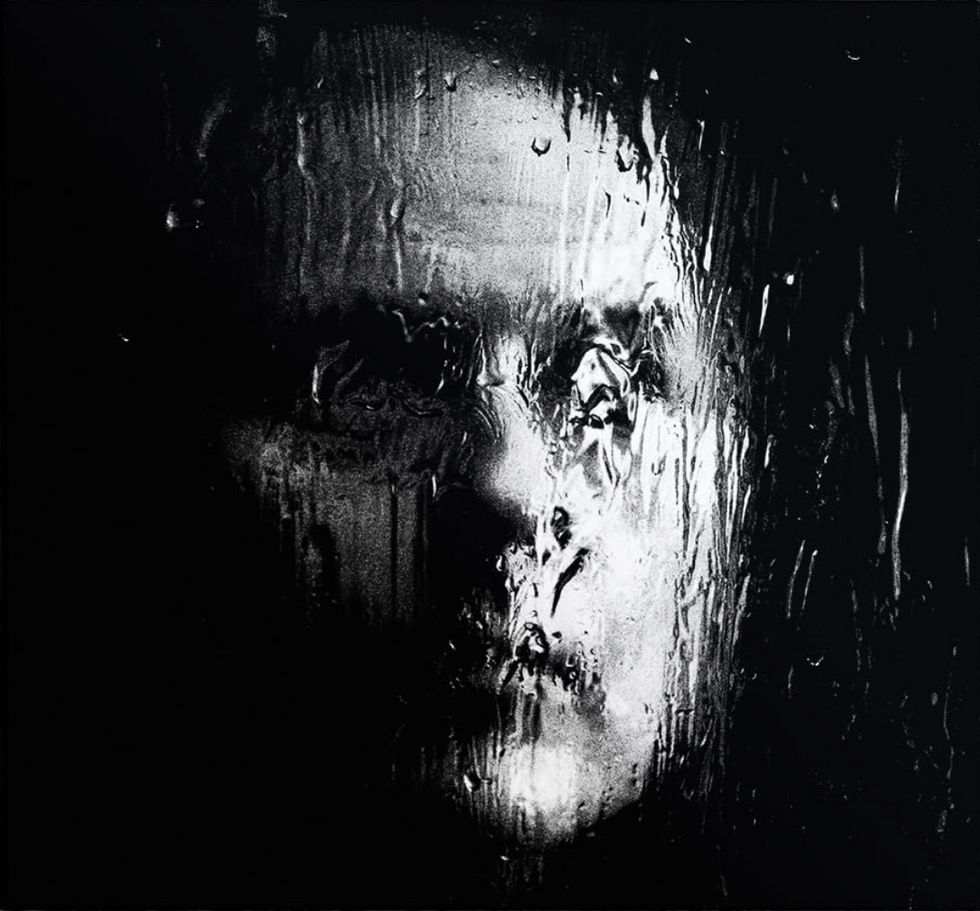
Boasting nine tracks and coproduced by Cantrell and Joe Barresi, I Want Blood keeps the guitarist’s expert riffs and lyrical solos front and center.
On their masterpiece, the 1992 album Dirt, Alice in Chains managed to take Black Sabbath’s template for molten riffs into stranger, more artful, and more desperate territory, yet they also crafted tracks chock-full of hooks. A seamless meld of pop moves and bone-crushing heaviness is something of a holy grail for hard-rock songwriters and producers, and Dirt nabs it. Think of tracks like “Them Bones,” with its 7/8 intro riff and aslant vocal-harmony verses that resolve into a punchy, satisfying chorus—among the pithiest assessments of mortality in rock ’n’ roll. Or “Rooster,” an homage to Cantrell’s Vietnam-veteran father, with its left-field R&B harmonies and molasses-drip tempo. Somehow, these are songs that can rattle around in your brain throughout entire road trips or workdays; as of this writing, Dirt has sold five-million copies in the U.S.
“Let the players find their songs, and the songs find their players.”
Cantrell’s new album, I Want Blood, is his fourth solo release, and it’s a strong argument that he should continue to sound like himself and his legacy. Coproduced by Cantrell and hard-rock studio wizard Joe Barresi, its nine tracks tap into the Alice in Chains aesthetic in a way that will hit a sweet spot for longtime fans. As on the albums that Alice has released since Staley’s passing, with vocalist William DuVall, that indefinable sense of unease, that smoky ambiance of dread, isn’t so enveloping. But Cantrell’s most crucial gifts—the riff science, the knack for hooks, the belief that solos should be lyrical, musical, singable—are front and center, and razor-sharp.
What’s more, he’s recruited fellow hard-rock royalty to fulfill this vision. In addition to Barresi, whose credits comprise Kyuss, Melvins, Tool, QotSA and many, many others, the album’s personnel includes bassists Robert Trujillo and Duff McKagan, and drummers Mike Bordin (Faith No More) and Gil Sharone (Marilyn Manson, the Dillinger Escape Plan).
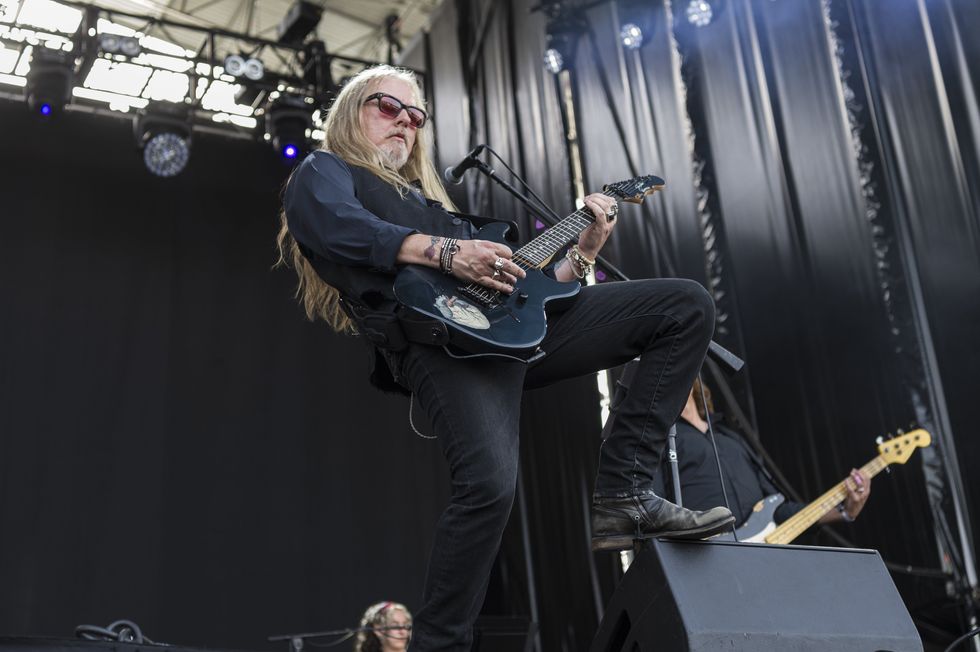
Through Alice in Chains’ rise in the early ’90s to recent years, Cantrell’s hard-rock presence has remained unshakeable. Here, he strikes a timeless rock 'n' roll pose.
Photo by PhotoFuss
I Want Blood is a ripper. “Vilified” couples a chunky metal riff with wah and talk-box accents and a wandering, Eastern-tinged melody; “Off the Rails” matches a line à la John Carpenter’s Halloween score with a groove-metal thrust, before a radio-ready chorus kicks in. Ditto the chorus of “Let It Lie,” whose verse riff is pure Sabbath bliss. The earworm title track is the stuff music-sync-licensing dreams are made of. When he dials the tempo back toward ballad territory, as on “Echoes of Laughter,” “Afterglow,” or “It Comes,” Cantrell’s instinct for songcraft seems to get even stronger. As with Alice’s best LPs, I Want Blood stays with you and grows on you until it’s in steady rotation.
So what of that songcraft? It’s been over three decades since Cantrell debuted on record, and he’s still mining heavy gold. What’s the strategy, and what’s the secret? Does Cantrell’s work get harder or easier as he edges toward 60? “There’s a duality to it,” he says. “So in one way, I can answer that it’s pretty easy for me to make music. And then also, it’s fucking incredibly difficult to make something good. It can be both.”
He details the three-part work cycle that has defined his adult life: “There’s the demo process of writing. There’s the preproduction and actual recording of a record. And then there’s the period where you go out and tour it, along with all your other material, in a set. During that last third of the process, I’m really not writing, but through all the phases I’m always collecting riffs.” He’s also continually listening to great music, and allowing it to seep in. In the previous week, Cantrell says, he’d “rocked a bunch of Bad Company, UFO, AC/DC, some Maiden, some Hank Williams, some Ernest Tubb, some ‘Jungle Boogie.’”
Jerry Cantrell's Gear

This photo, taken from underneath the stage, shows Cantrell in his element, performing with Alice in Chains at Lollapalooza in the early ’90s.
Photo by Ken Settle
Guitars
- G&L “Blue Dress” Rampage
- G&L “No War” Rampage
- Gibson “D Trip” Les Paul Custom
- Gibson Les Paul Junior
- Gibson Flying V
- G&L ASAT
Amps
- Bogner Fish preamp
- Friedman JJ-100 signature head
- Snorkeler (Bogner-modded Marshall JCM800)
Effects
- Dunlop Jerry Cantrell Firefly Cry Baby Wah
- MXR Jerry Cantrell Firefly Talk Box
- MXR EQ
- MXR EVH Flanger
- MXR Smart Gate
- MXR Timmy
- MXR Poly Blue Octave
- MXR Reverb
- Ibanez Tube Screamer
- Boss CE-5
- Boss DD-500
- Strymon Ola dBucket Chorus & Vibrato
Strings & Picks
- Electric: Ernie Ball RPS (.010–.046)
- Acoustic: Ernie Ball Paradigm 80/20 Bronze (.011–.052)
- Dunlop 1.0 mm picks with custom art
“I’m a fan of the riff,” he adds. “I’m always collecting ideas, and you never know when they’re going to come, or what they’re going to turn into. I look at it like depositing money in a bank. Like if I’m in a dressing room somewhere and I’m just warming up, and I see [one of my bandmates] react to something that I’m playing—put it in the bank. If I have a superpower, it is being able to hear something that might be a cool thing to work up and develop into a full-on song.
“When I’m slugging out riffs and just jamming out, if it feels good to rock out and your head starts moving and your foot starts tapping and you got something good—you know. It’s got to hit on a primal level first, and satisfy in that way.”
Writing, then, is often the more cerebral duty of assembling the best of what Cantrell has accrued and documented. “Like Lego pieces,” he says. “That used to be one of my favorite toys when I was a kid—Legos. Building stuff, block by block.” But, Cantrell points out, the process can also be more straightforward; he’ll start with a single riff and attempt to build the song’s infrastructure out from there, “throwing options at it, and ideas,” he says.
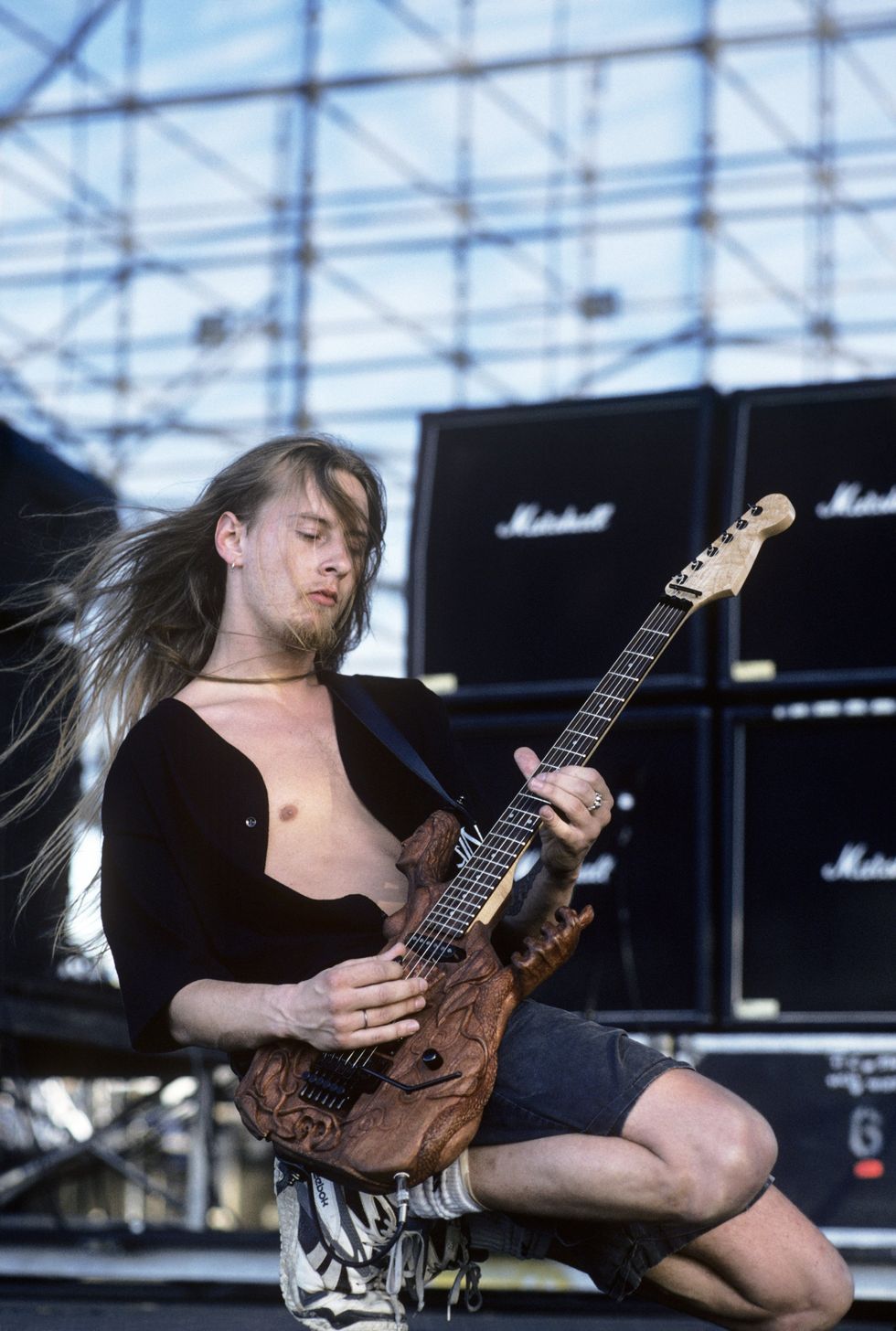
Cantrell, pictured here at 27, has carried on his hard-rock legacy with confidence, defying those who question his support and continuation of Alice in Chains’ influential sound.
Photo by Ebet Roberts
“I don’t necessarily know where I’m going a lot of the time. I just know that I have an intention to get there, and I’ve been able to take that journey to completion and make some pretty decent albums and songs over the years. And so I have the confidence to know that I probably can do this again—if I just put my mind to it and go through the process and work my ass off in concert with a group of people who have the same thought process.”
“There should always be the threat that the train is going to come off the rails.”
Cantrell is most certainly a “band” guy. For I Want Blood, he decided to play through a bunch of the material with his famous friends in preproduction, rather than simply assigning them one or two songs to guest on: “Let the players find their songs, and the songs find their players,” as he puts it. “It might’ve been with a little bit of frustration, because they got day jobs in some pretty impressive bands.” Time wasn’t exactly plentiful, but he did get in some living-room jams and other sessions with Trujillo, Bordin, and McKagan that ensured each track had its best possible lineup. Fortunately, Cantrell’s coproducer, Barresi, is similarly averse to cutting corners. Cantrell describes him as “a long-haul trucker” who “doesn’t suffer fools.”
“I’m an architect who is also a builder. You know what I mean?” says the guitarist, alluding to the relentless, often tedious work of record-making. “There should always be the threat that the train is going to come off the rails,” he says. For both men, Cantrell explains, “When you’re done with the record is when you think you couldn’t have done it any better.” Or, as Barresi likes to say, “How do you know you’ve gone too far unless you’ve already been there?”
Barresi also has a kind of encyclopedic recall of rock sonics. “He’s a guy who knows where all the bodies are buried,” Cantrell says, “and any combo of stuff you want to achieve: ‘Like, you know that song in The Departed, the Stones tune where it sounds like the guitar is going through a Leslie?’ [“Let It Loose,” off Exile on Main Street.] ‘Yeah, I know that pedal, man. Let’s grab it.’ You give him a reference and he knows how to replicate it.”
“I love working with a lot of different colors,” Cantrell says. “So I’ll use any guitar or any amp or any pedal to get a certain sound, and that all comes with experimentation. But it always starts with the basics.”
“When you’re done with the record is when you think you couldn’t have done it any better.”
If you’re a faithful reader of Premier Guitar, you may already know what that means: two mid-’80s G&L Rampages and the Les Paul Custom that Cantrell relied on to write his 2002 solo album Degradation Trip (the instrument with the custom blowtorch finish job). In amps, his go-to was the Bogner Fish preamp that he immortalized in Alice in Chains, in addition to his Friedman JJ-100 signature head. Cantrell also mentions the Bogner-modded Marshall sound he’s known for—aka the fabled Snorkeler—alongside tones from Orange and Laney. Among the guitars that made the cut: a butterscotch Les Paul Junior that was a gift from Billie Joe Armstrong a couple years back. When asked about effects, Cantrell responds that he’s “a Dunlop guy”—which includes his MXR Jerry Cantrell Firefly Talk Box and Dunlop signature Cry Baby wah pedals.
YouTube It
Live at the Grammy Museum in Los Angeles in 2021, Jerry Cantrell testifies to his status as one of the most iconic guitarists in hard-rock history.
Cantrell is a fount of anecdotes, and talking guitar is a great way to hear some of them. He first saw the Rampage onstage in a club, after moving from Washington to Dallas, Texas, in the mid-’80s. Later, he began jamming with some guys who played Rampages, and picked up a job at a music shop that their father managed. The shop was a G&L dealer, so Cantrell paid for his instruments in part by working there. The Rampage, he notes, “just felt right.”
“The guy who built the necks and bodies that Eddie used to build his guitars was right in my backyard.”
“You gotta give a lot of credit to Eddie Van Halen,” he adds. “[The Rampage] was basically Leo Fender’s answer to Frankenstein, to the Charvel/Jackson model. One tremolo, one knob, one humbucker; that’s it. No-nonsense, just a meat-and-potatoes rock ’n’ roll guitar.”
A few years before the Rampage—Cantrell pinpoints 1979, because Van Halen II was out—he obtained a neck that was originally intended for EVH, and used it on a Strat he built himself in woodshop. The neck was payment from Boogie Bodies, the legendary guitar-parts manufacturer where Lynn Ellsworth and Jim Warmoth laid the foundation for the Superstrat era. “That shop was in Puyallup, Washington,” Cantrell says, “and I lived in Spanaway, which was right next door. The guy who built the necks and bodies that Eddie used to build his guitars was right in my backyard.”
Cantrell was barely in his teens when he got a gig helping out around the shop, and earned a “beautiful bird’s-eye maple neck” that didn’t make it to Eddie because it had a small divot in the 3rd fret. Cantrell recalls today that his duties included sweeping up sawdust. Then, as now, it was all about the work.
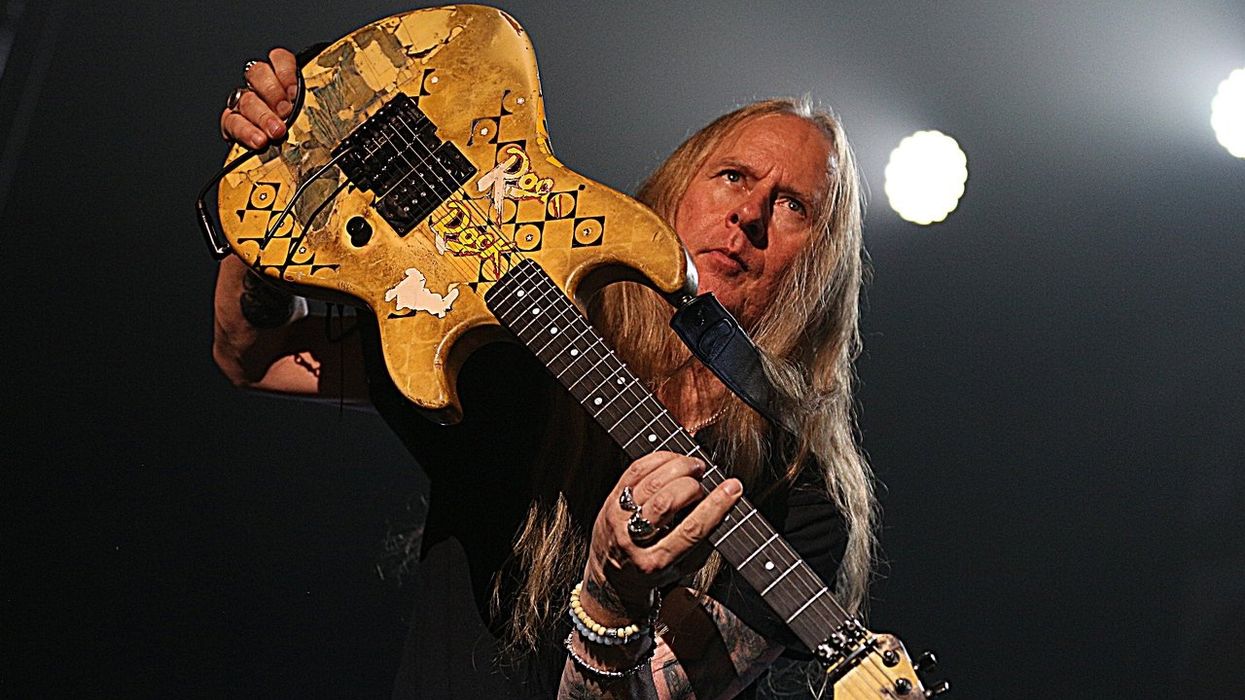
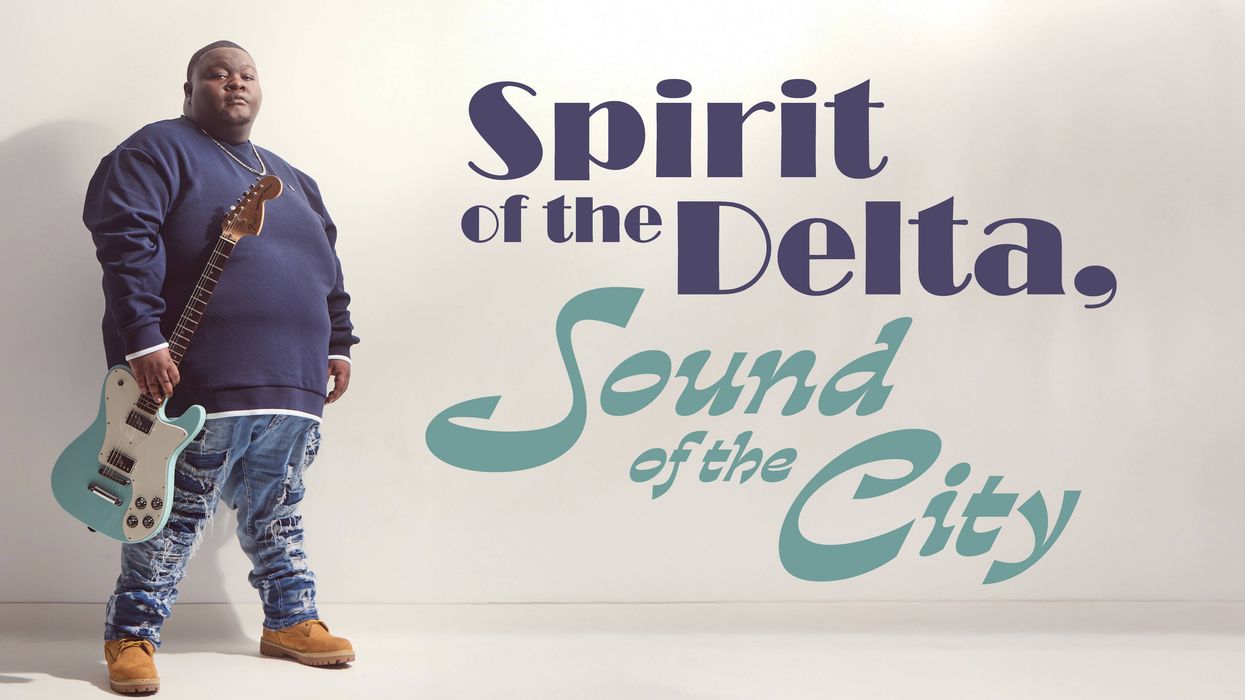
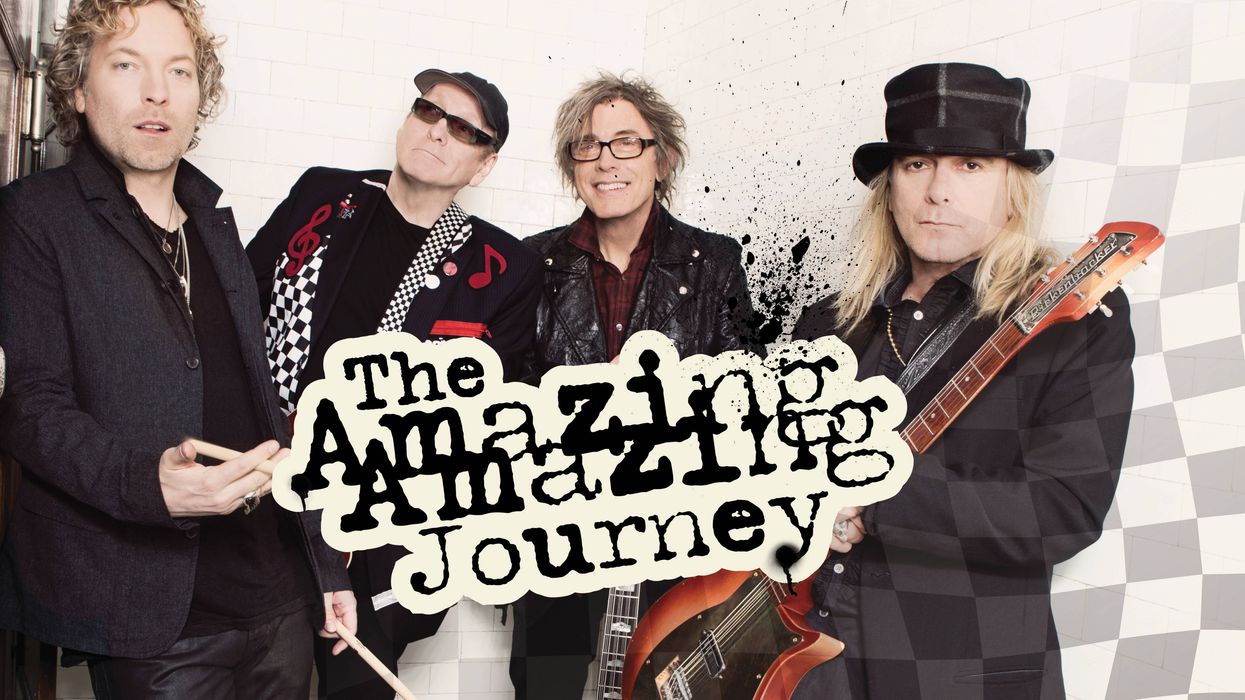
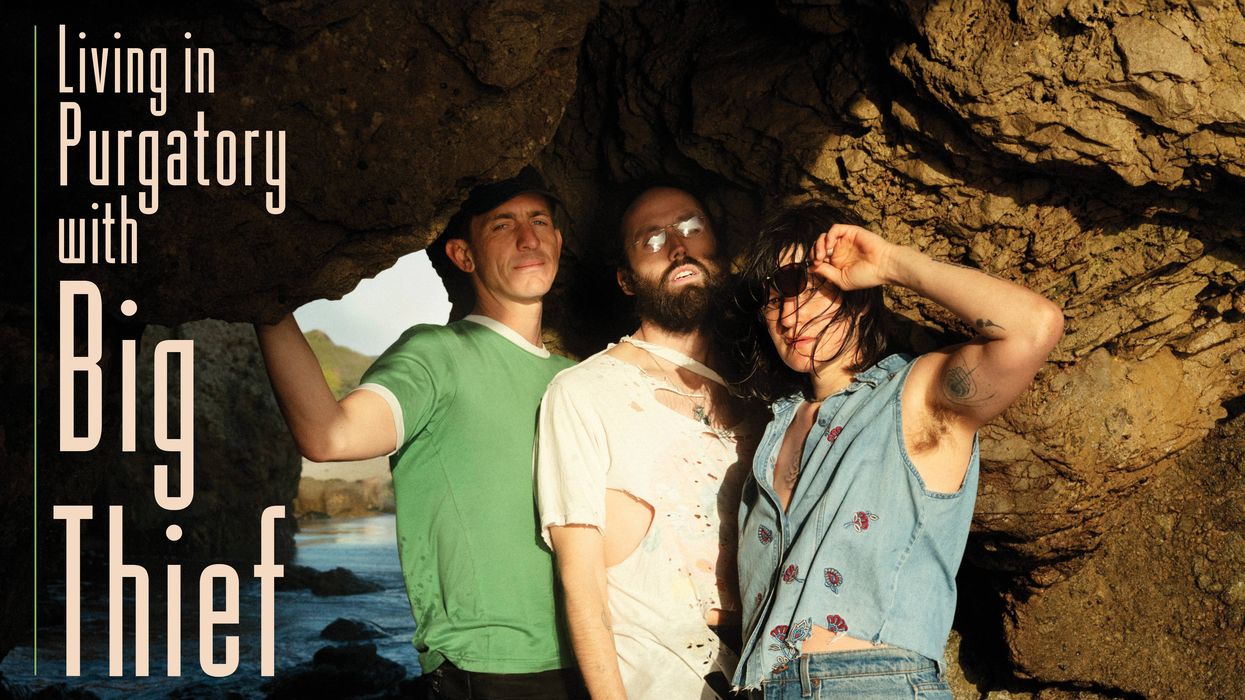
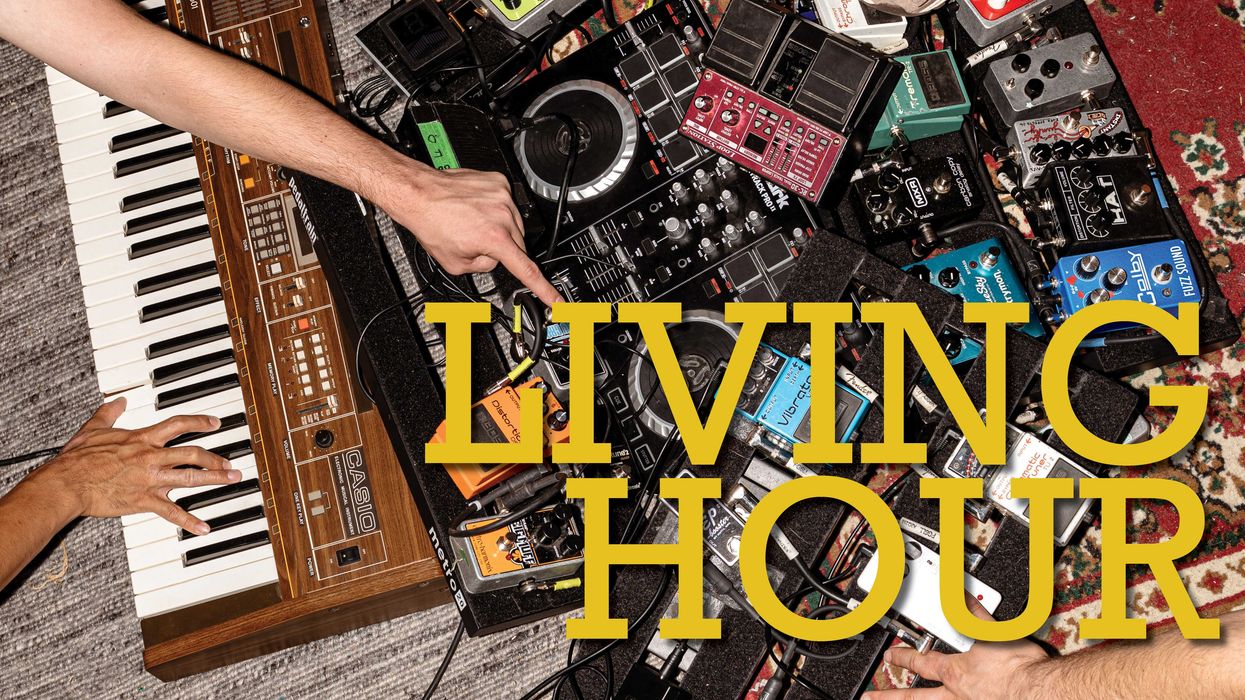

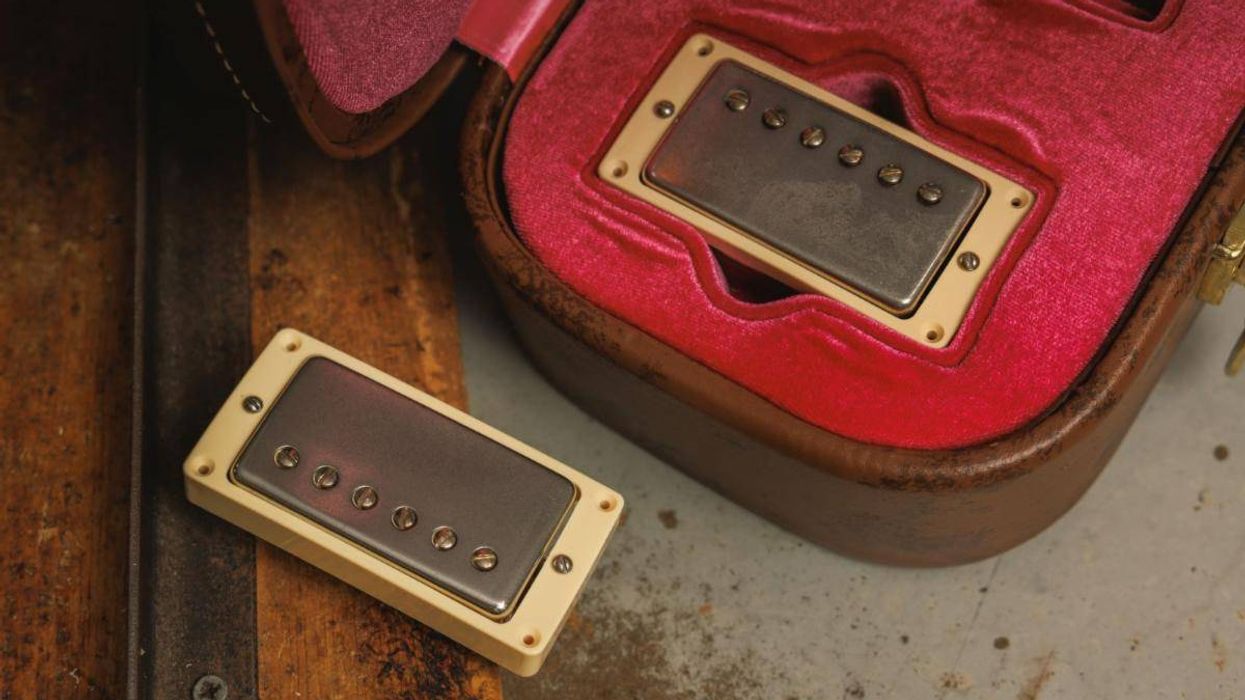
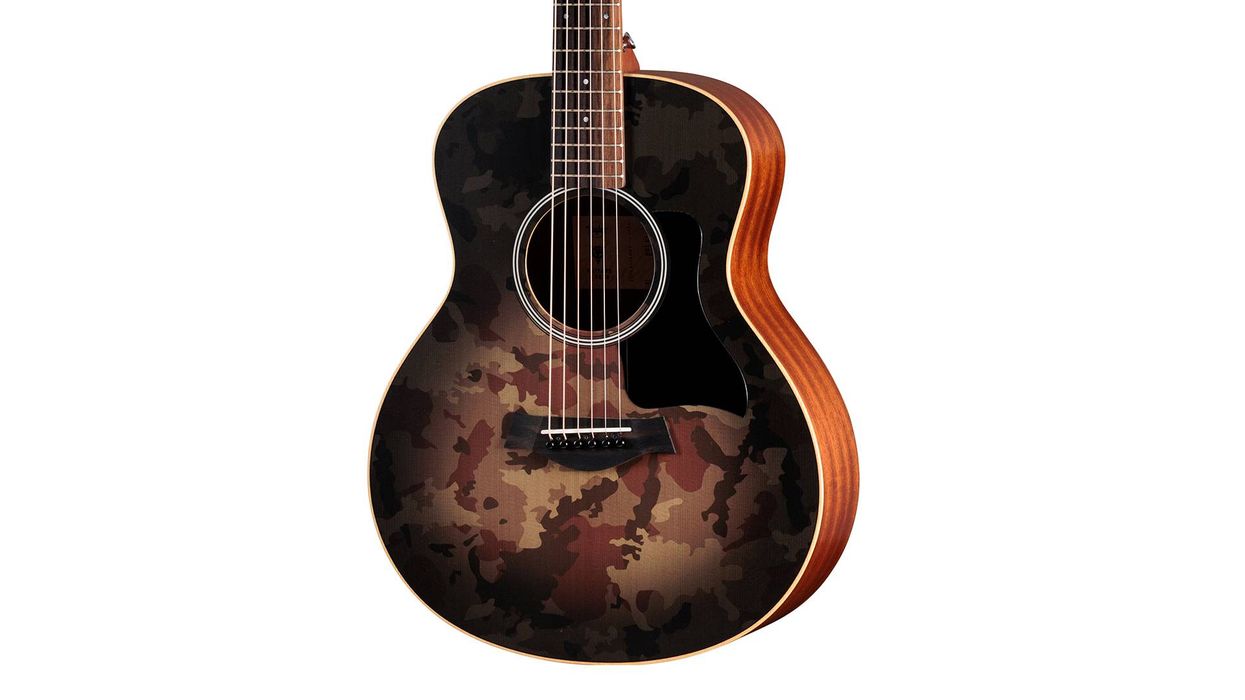
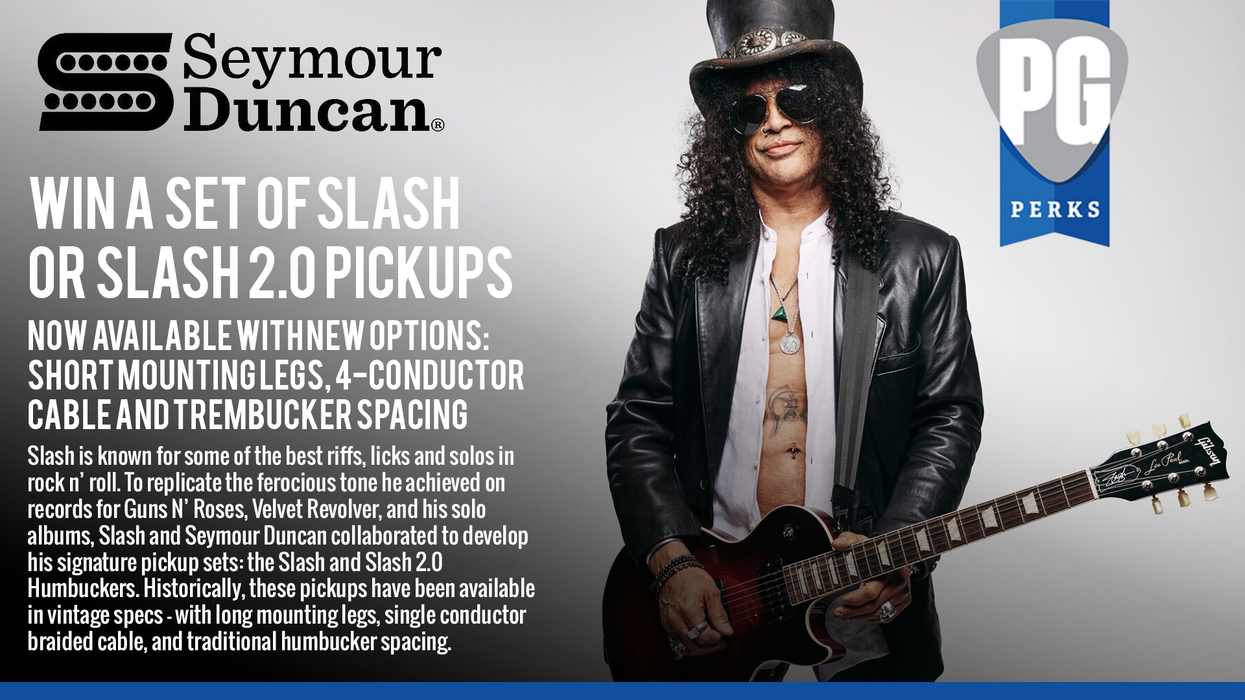

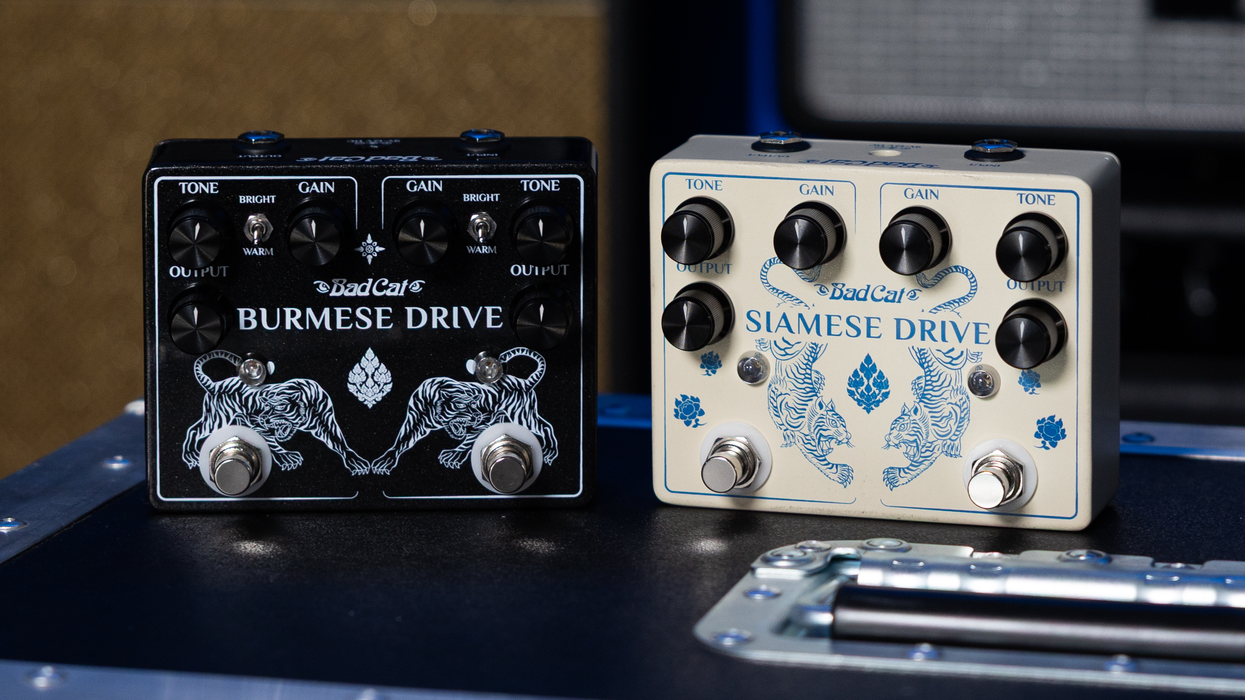
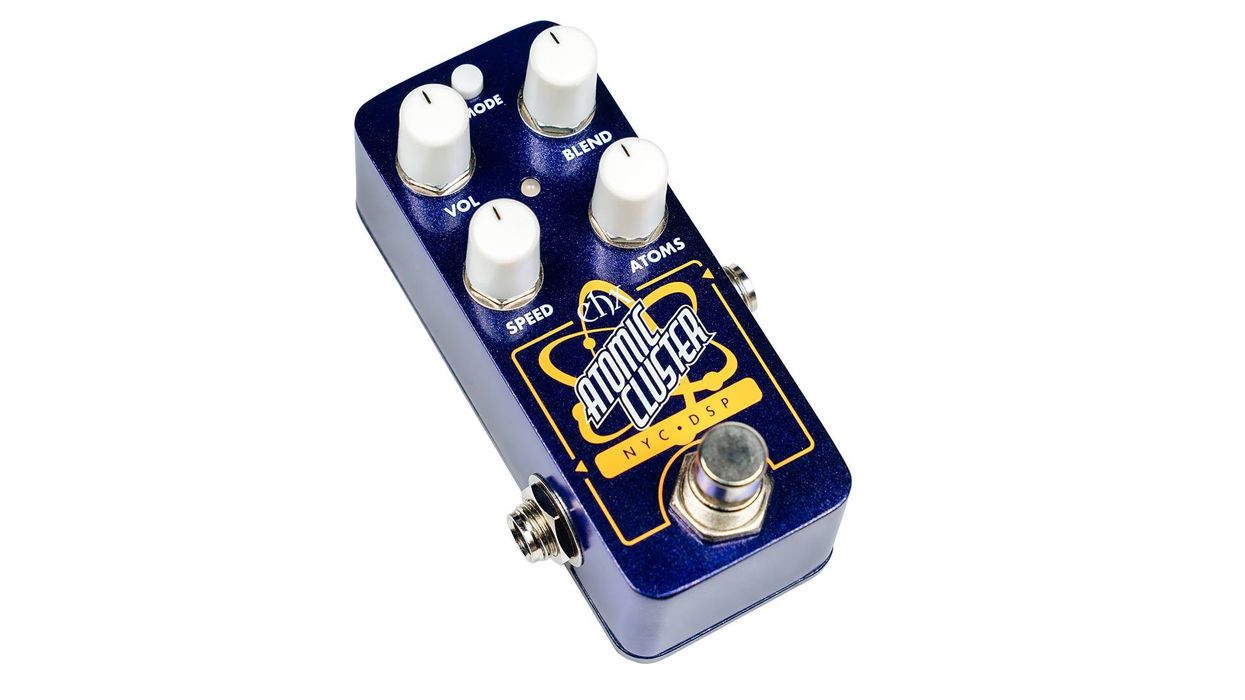
![Rig Rundown: AFI [2025]](https://www.premierguitar.com/media-library/youtube.jpg?id=62064741&width=1245&height=700&quality=70&coordinates=0%2C0%2C0%2C0)
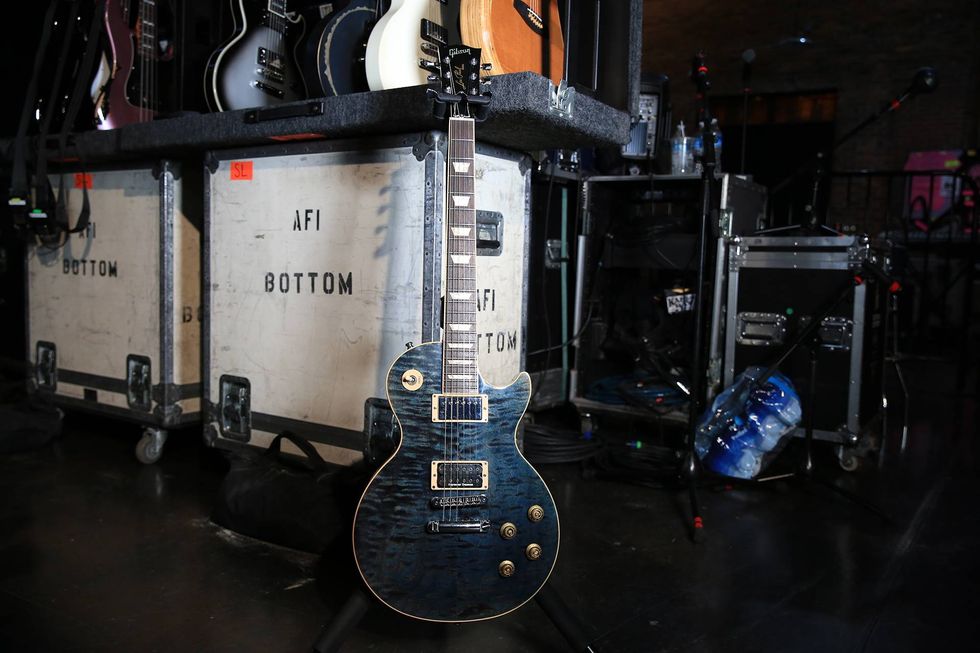
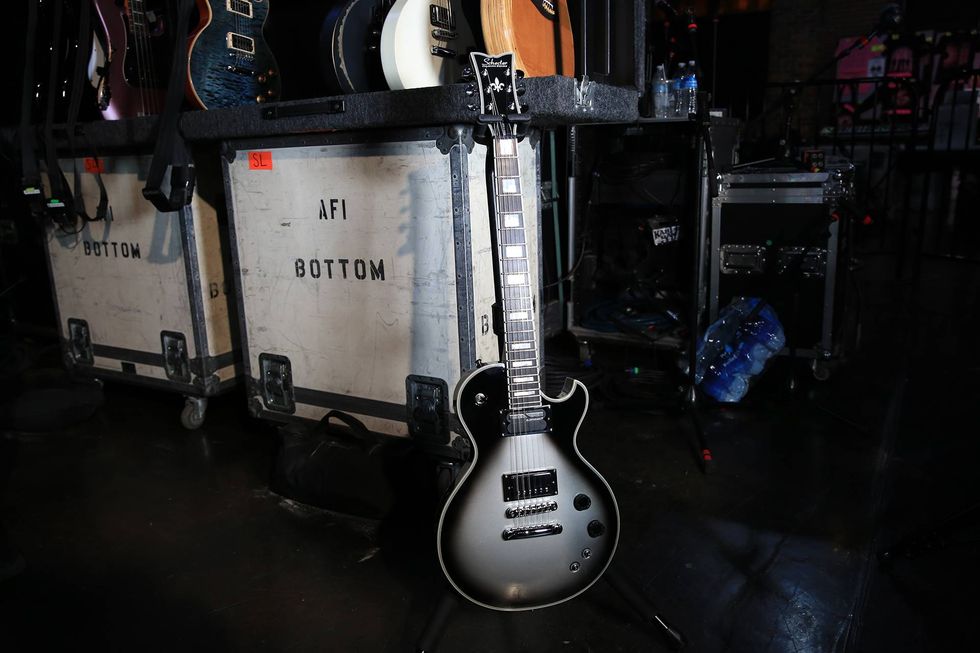
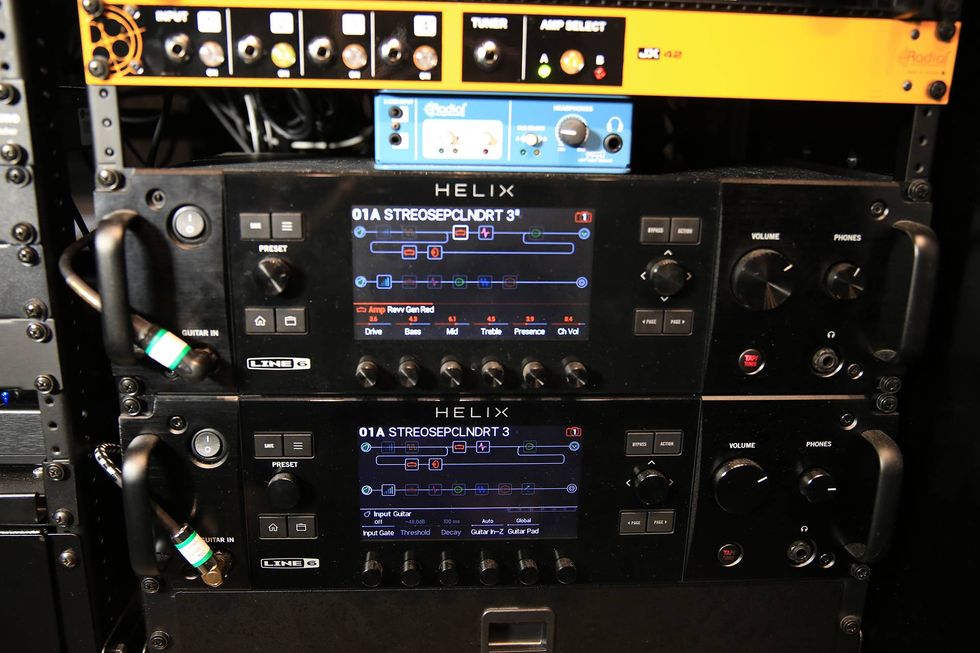
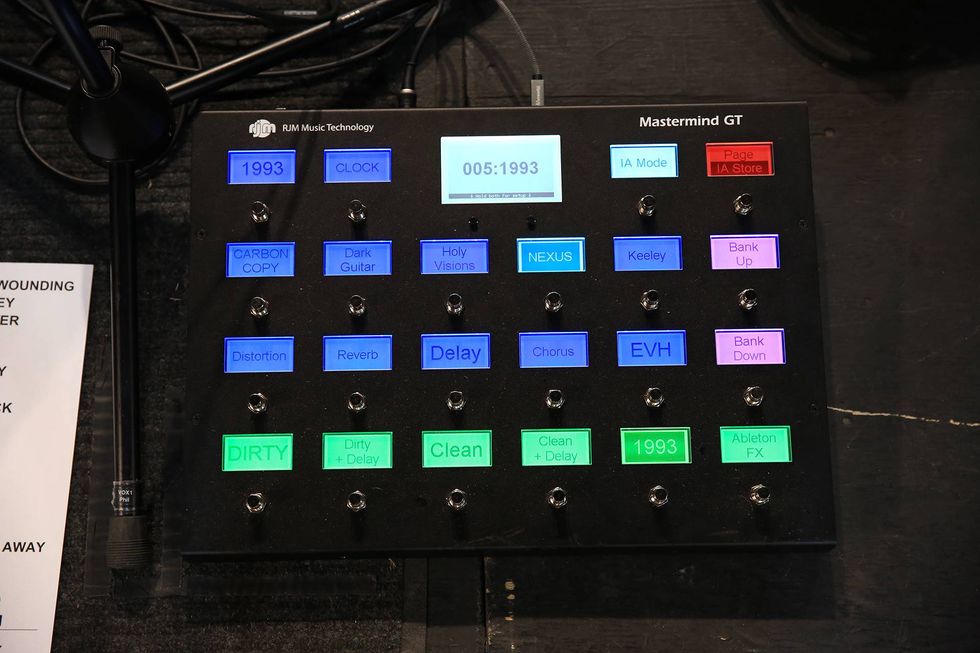
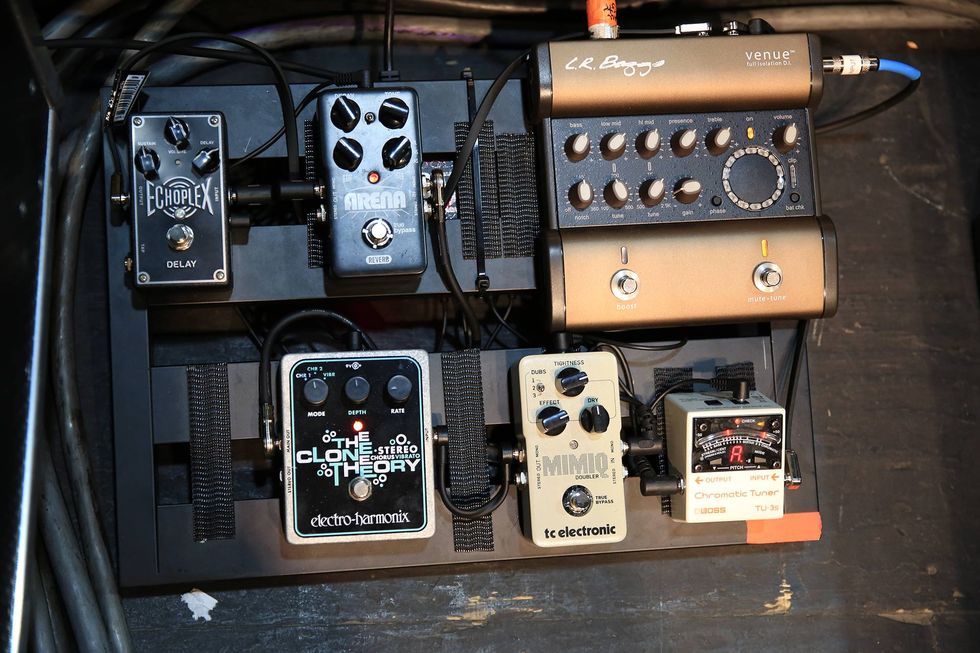
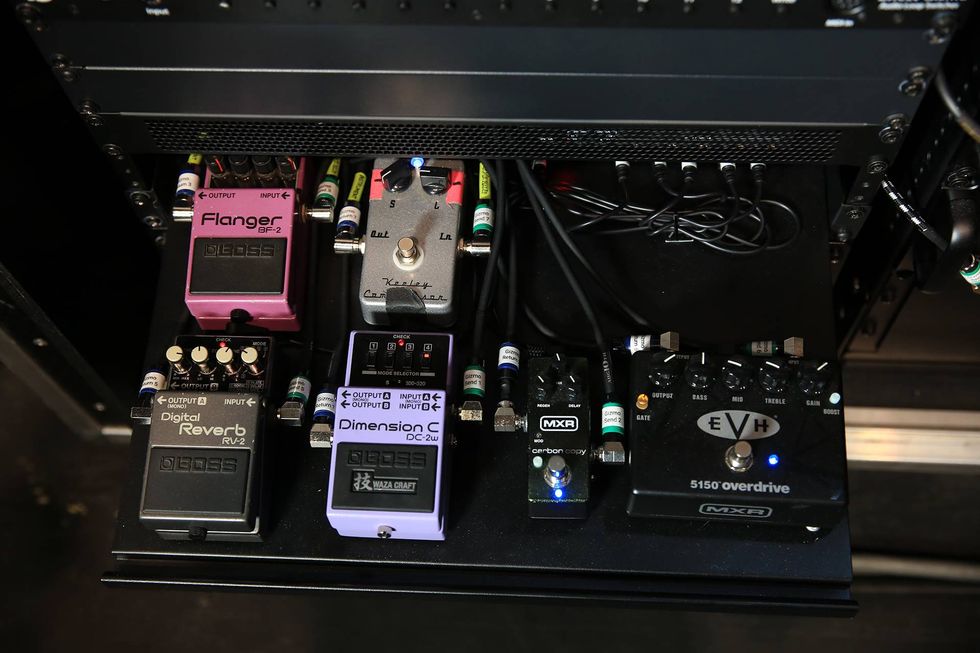
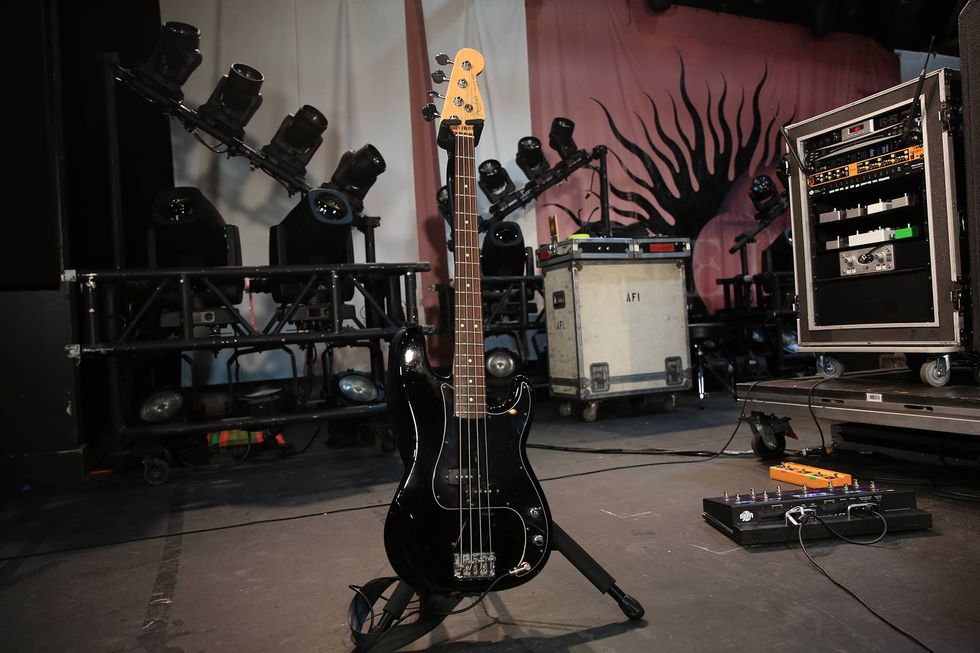
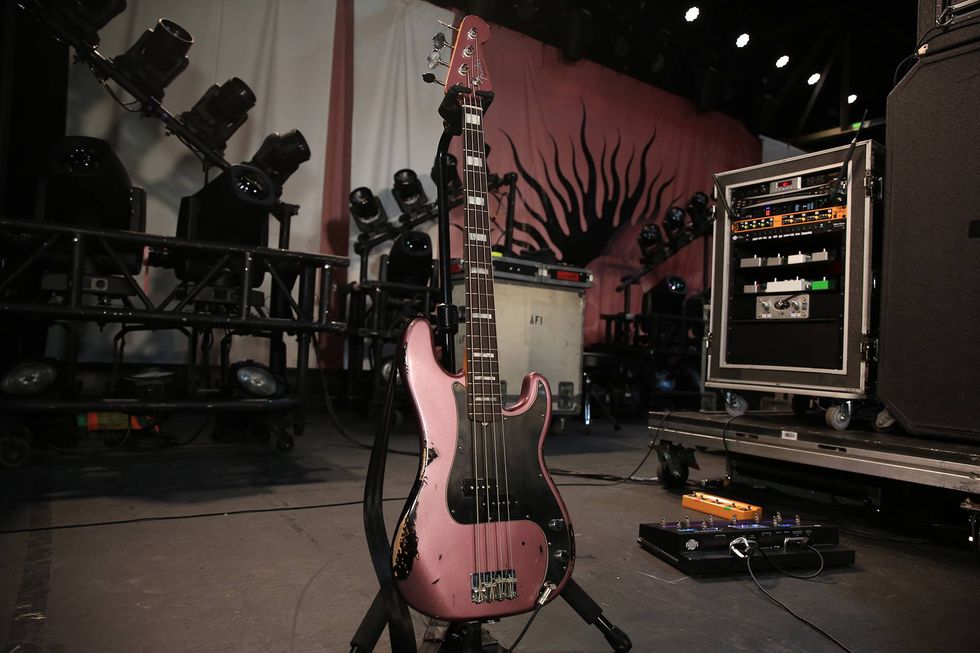
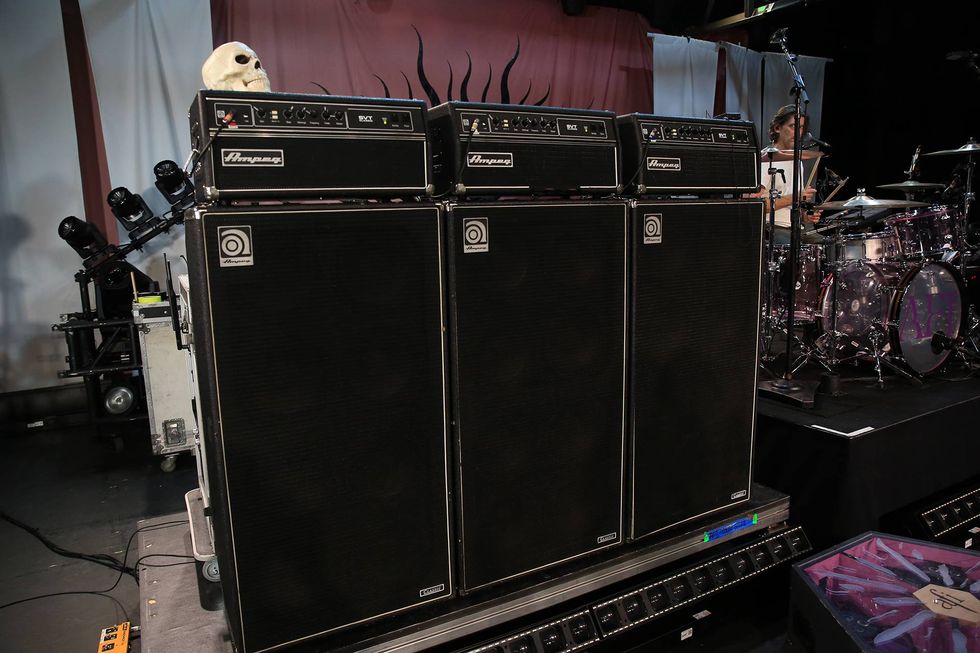
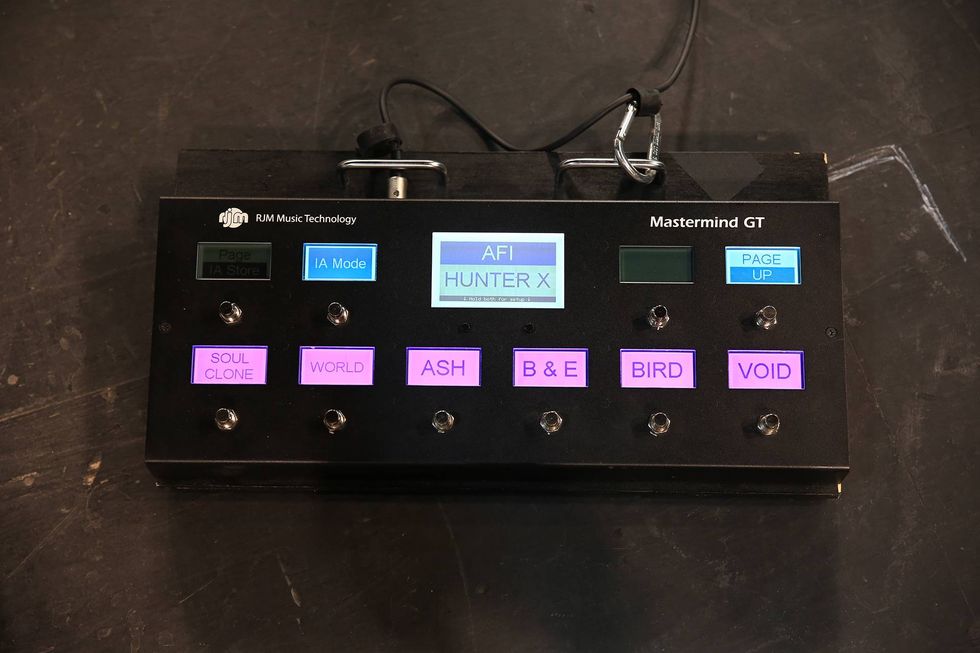
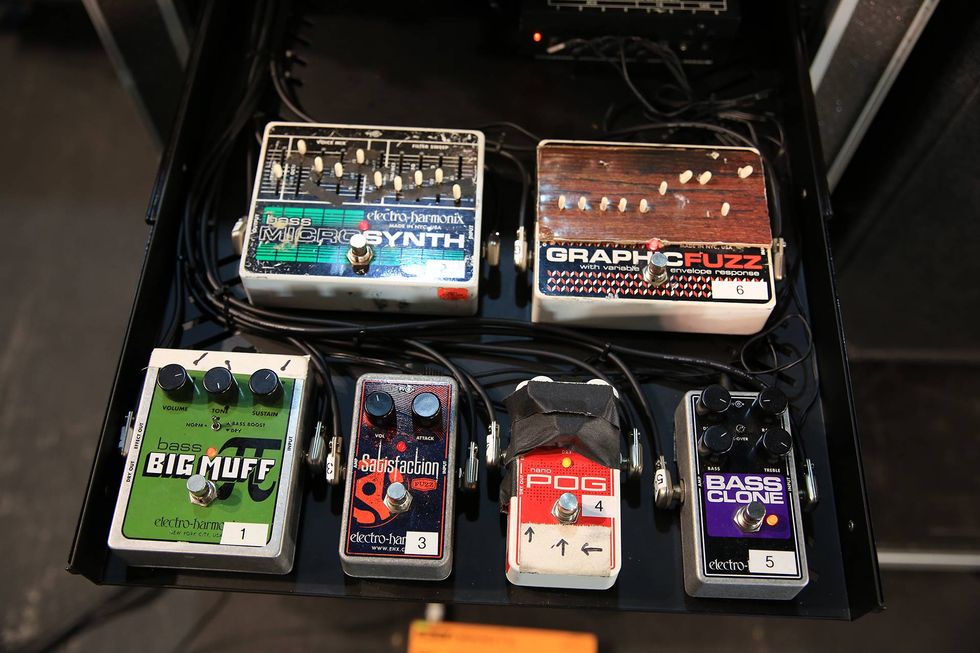
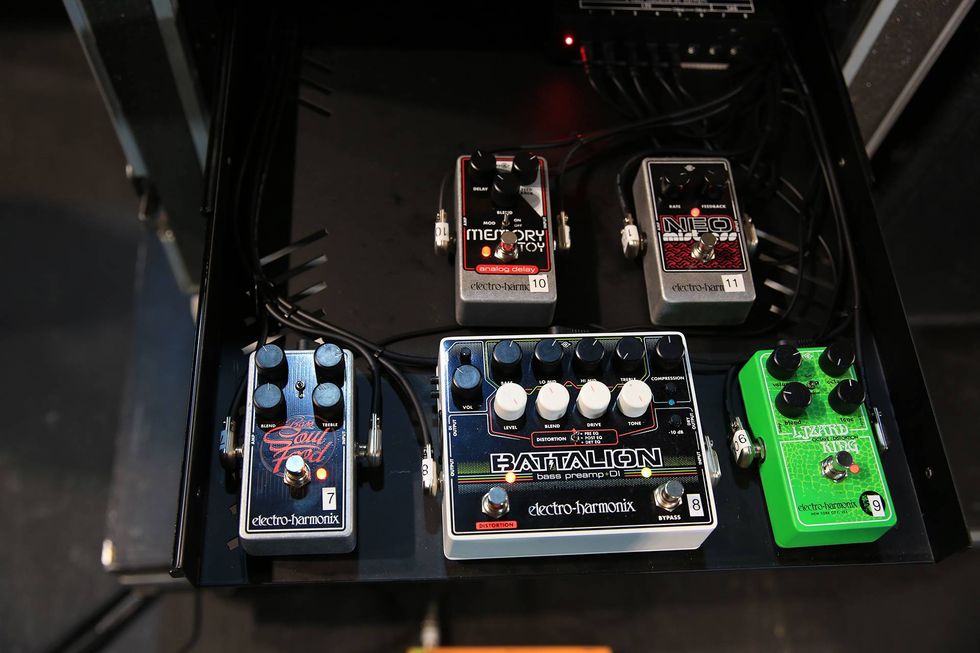
 Shop Scott's Rig
Shop Scott's Rig![Devon Eisenbarger [Katy Perry] Rig Rundown](https://www.premierguitar.com/media-library/youtube.jpg?id=61774583&width=1245&height=700&quality=70&coordinates=0%2C0%2C0%2C0)
